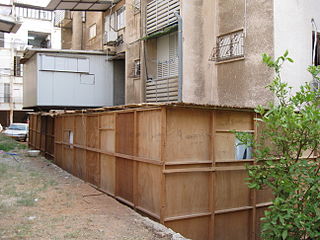 W
WSukkot, is a Torah-commanded Jewish and Samaritan holiday celebrated for seven days from the 15th day of the month of Tishrei. It is one of the Three Pilgrimage Festivals on which those Israelites who could were commanded to make a pilgrimage to the Temple at Jerusalem.
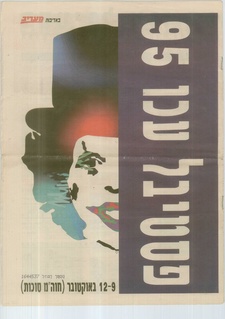 W
WThe Acco Festival of Alternative Israeli Theatre is a four-day performing arts festival held annually in the city of Acre, Israel during the Intermediate Days of the Sukkot holiday in early autumn.
 W
WAravah is a leafy branch of the willow tree. It is one of the Four Species used in a special waving ceremony during the Jewish holiday of Sukkot. The other species are the lulav, hadass (myrtle), and etrog (citron).
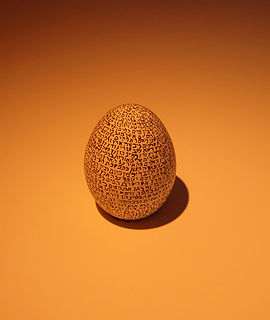 W
WBereshit, Bereishit, Bereshis, Bereishis, B'reshith, Beresh't, Beresheet, or Bereishees is the first weekly Torah portion in the annual Jewish cycle of Torah reading. The parashah consists of Genesis 1:1–6:8.
 W
WThe citron is a large fragrant citrus fruit with a thick rind. It is one of the original citrus fruits from which all other citrus types developed through natural hybrid speciation or artificial hybridization. Though citron cultivars take on a wide variety of physical forms, they are all closely related genetically. It is used widely in Asian cuisine, and also in traditional medicines, perfume, and for religious rituals and offerings. Hybrids of citrons with other citrus are commercially more prominent, notably lemons and many limes.
 W
WEcclesiastes written c. 450–200 BCE, is one of the Ketuvim ("Writings") of the Hebrew Bible and one of the "Wisdom" books of the Christian Old Testament. The title commonly used in English is a Latin transliteration of the Greek translation of the Hebrew word קֹהֶלֶת. An unnamed author introduces "The words of Kohelet, son of David, king in Jerusalem" (1:1) and does not use his own voice again until the final verses (12:9–14), where he gives his own thoughts and summarises the statements of "Kohelet"; the main body of the text is ascribed to Kohelet himself.
 W
WEtrog is the yellow citron or Citrus medica used by Jews during the week-long holiday of Sukkot as one of the four species. Together with the lulav, hadass, and aravah, the etrog is taken in hand and held or waved during specific portions of the holiday prayers. Special care is often given to selecting an etrog for the performance of the Sukkot holiday rituals.
 W
WThe four species are four plants mentioned in the Torah as being relevant to the Jewish holiday of Sukkot. Observant Jews tie together three types of branches and one type of fruit and wave them in a special ceremony each day of the Sukkot holiday, excluding Shabbat. The waving of the four plants is a mitzvah prescribed by the Torah, and contains symbolic allusions to a Jew's service of God. In Karaite Judaism, the sukkah is constructed with branches from the four specified plants.
 W
WThe Greek citron variety of Citrus medica was botanically classified by Adolf Engler as the "variety etrog". This is remarking on its major use for the Jewish ritual etrog during Sukkot.
 W
WHadass is a branch of the myrtle tree that forms part of the lulav used on the Jewish holiday of Sukkot.
 W
WThe Haifa International Film Festival is an annual film festival that takes place every autumn, during the week-long holiday of Sukkot, in Haifa, Israel.
 W
WHoshana Rabbah is the seventh day of the Jewish holiday of Sukkot, the 21st day of the month of Tishrei. This day is marked by a special synagogue service, the Hoshana Rabbah, in which seven circuits are made by the worshippers with their lulav and etrog, while the congregation recites Hoshanot. It is customary for the scrolls of the Torah to be removed from the ark during this procession. In a few communities a shofar is sounded after each circuit.
 W
WICon Festival is an Israeli science fiction and fantasy fan convention held annually in the Tel Aviv Eshkol Pais during the Sukkot holiday in September–October. Venues in previous years included the adjacent Cinematheque, Eeroni Aleph school and ZOA house. The first ICon was held in autumn 1998. ICon is normally three days long, though in previous years it featured a parallel film festival which lasted longer.
 W
WJerusalem March is an annual march in Jerusalem that takes place during the week-long festival of Sukkot.
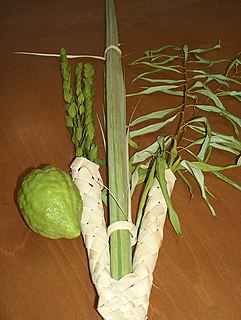 W
WLulav is a closed frond of the date palm tree. It is one of the Four Species used during the Jewish holiday of Sukkot. The other Species are the hadass (myrtle), aravah (willow), and etrog (citron). When bound together, the lulav, hadass, and aravah are commonly referred to as "the lulav".
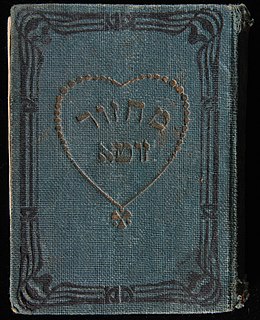 W
WThe machzor is the prayer book used by Jews on the High Holy Days of Rosh Hashanah and Yom Kippur. Many Jews also make use of specialized machzorim on the three pilgrimage festivals of Passover, Shavuot, and Sukkot. The machzor is a specialized form of the siddur, which is generally intended for use in weekday and Shabbat services.
 W
WThe Moroccan citron is a true citron variety native to Assads, Morocco, which is still today its main center of cultivation.
 W
WS'chach is the Hebrew name for the material used as a roof for a sukkah, used on the Jewish holiday of Sukkot.
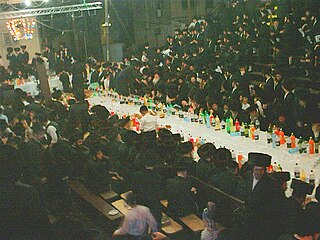 W
WSimchat Beit Hashoevah or Simchas Beis Hashoeiva is a special celebration held by Jews during the Intermediate days of Sukkot.
 W
WSimchat Torah or Simhat Torah is a Jewish holiday that celebrates and marks the conclusion of the annual cycle of public Torah readings, and the beginning of a new cycle. Simchat Torah is a component of the Biblical Jewish holiday of Shemini Atzeret, which follows immediately after the festival of Sukkot in the month of Tishrei.
 W
WA sukkah or succah is a temporary hut constructed for use during the week-long Jewish festival of Sukkot. It is topped with branches and often well decorated with autumnal, harvest or Judaic themes. The Book of Vayikra (Leviticus) describes it as a symbolic wilderness shelter, commemorating the time God provided for the Israelites in the wilderness they inhabited after they were freed from slavery in Egypt. It is common for Jews to eat, sleep and otherwise spend time in the sukkah. In Judaism, Sukkot is considered a joyous occasion and is referred to in Hebrew as Z'man Simchateinu, and the sukkah itself symbolizes the fragility and transience of life and one's dependence on God.
 W
WSukkah City was an Architectural design competition and work of installation art planned in partnership with the Union Square Partnership for New York City's Union Square Park in September 2010.
 W
WV'Zot HaBerachah, VeZos HaBerachah, VeZot Haberakha, V'Zeis Habrocho, V'Zaus Haberocho, V'Zois Haberuchu, Wazoth Habborocho, or Zos Habrocho is the 54th and final weekly Torah portion in the annual Jewish cycle of Torah reading and the 11th and last in the Book of Deuteronomy. It constitutes Deuteronomy 33:1–34:12. The parashah sets out the farewell Blessing of Moses for the 12 Tribes of Israel and concludes with the death of Moses.
 W
W W
W W
W